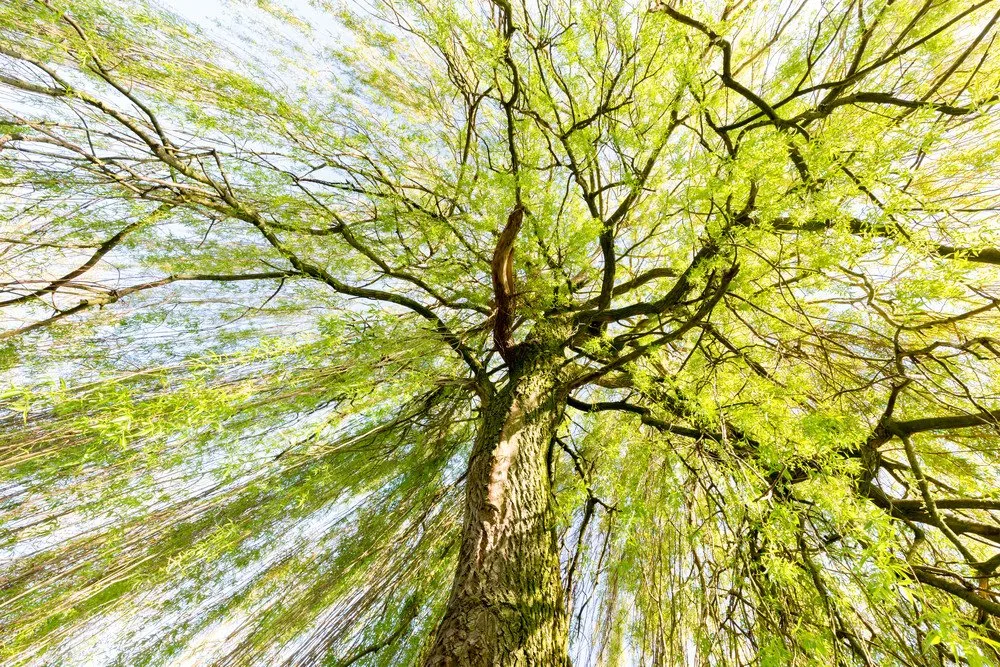More mental health professionals are discovering something people have always known deep down: nature heals. This practice, called ecotherapy, shows that spending time outdoors can genuinely help our mental and emotional health. It includes simple activities like forest walks and gardening, as well as more structured wilderness therapy programs.
One particularly meaningful form of ecotherapy is planting memorial trees. These living tributes to lost loved ones offer something special—a way to remember while also creating new life.
When you plant a tree in someone’s memory, you create a legacy that grows over time. This process gives you a peaceful place to reflect and remember, while connecting you to nature’s cycles of life, death, and renewal. As your tree flourishes, it becomes a symbol of life’s strength and love’s lasting power, bringing comfort during grief.
What Is Ecotherapy?
Ecotherapy is based on a simple idea: humans need connection with nature to truly thrive. This healing approach uses the natural world’s power to reduce stress, lift mood, and improve mental health overall.
Activities can include forest walks, conservation work, or simply spending time in parks and gardens. Ecotherapy works alongside traditional mental health treatments, offering a complete approach to healing. The idea comes from something called the biophilia hypothesis—basically, that humans are naturally drawn to connect with nature and other living things.
Gardening and tree planting are especially powerful forms of ecotherapy. These activities help you feel responsible for something living while encouraging physical activity, mindfulness, and the deep satisfaction that comes from nurturing life.
Through gardening, you witness life’s full cycle, learning valuable lessons about growth, strength, and starting fresh. Planting trees works as a powerful symbol for healing and growth—a living hope for better days ahead that grows alongside your own healing journey.
Why Trees Make Meaningful Memorials
Throughout history and across cultures, trees have symbolized life, renewal, and nature’s endless cycles. This deep meaning makes trees especially powerful as memorials.
Planting a tree for someone you’ve lost goes beyond simple remembrance—it’s a profound way to honor and celebrate their life. As the tree grows, it represents your loved one’s continuing influence in your life. This growth mirrors your own healing process, creating a living monument that flourishes with time.
Forest memorials offer something even more special. In these peaceful woodland spaces, memorial trees create a sanctuary where you can freely express memories and emotions. Each tree, with roots deep in the earth, represents the human spirit’s strength and love’s enduring bonds.
This real, physical connection to your loved one—surrounded by the forest’s natural beauty and quiet—serves as a comforting reminder. Though they’re gone, their legacy continues to inspire and nurture you, just like the trees continue growing in nature’s heart.
How Memorial Trees Support Healing
Planting and caring for a memorial tree offers deep therapeutic benefits for those grieving. It serves as a living symbol that life continues even after loss. This special form of remembrance gives you purpose and connection, transforming grief into a nurturing process that honors your loved one’s memory.
As your tree grows and thrives, it becomes a changing memorial that evolves over time. It offers a space for reflection, comfort, and healing—allowing for an ongoing, intimate connection with the person you’ve lost.
Real Stories of Healing
Many stories show memorial trees’ therapeutic impact:
Group Therapy Success: One therapy group had participants each plant a tree in memory of someone they’d lost. Over time, participants reported their grief becoming less intense. They found comfort in the physical work of tree care, and the tree’s growth symbolized their emotional healing process.
Community Healing: After a local tragedy, one community planted a memorial garden. The garden became a shared space for healing, reflection, and remembrance. It strengthened community bonds and provided a common path to recovery.
These examples show memorial trees’ power as healing tools, offering benefits for both individuals and communities facing grief.
The Science Behind Nature’s Healing Power
Scientific research clearly shows the psychological benefits of spending time in nature. Studies consistently find that natural environments significantly reduce stress, anxiety, and depression.
Research published in major journals shows that even short periods in nature can:
- Lower cortisol (stress hormone) levels
- Improve mood and mental clarity
- Provide essential relief from fast-paced urban life
Personal Connection to Nature’s Benefits
Planting and visiting memorial trees taps directly into these therapeutic effects. When you plant a tree in memory of someone special, you create a meaningful interaction with nature—a living monument that grows and changes over time.
This act of care honors your loved one’s memory while fostering deep connection to life’s natural cycles of renewal. Visiting your memorial tree lets you immerse yourself in a peaceful environment where the simple presence of your tree can bring feelings of comfort and continuity.
Through this practice, nature’s emotional benefits become deeply personal, highlighting the significant role memorial trees can play in healing and wellness.
Creating Your Memorial Tree Garden
Creating a memorial tree garden is a beautiful way to honor loved ones while building a sanctuary of peace and remembrance.
Choosing the Right Tree
Start by selecting tree species that feel right for the memories you’re honoring. Consider trees that will thrive in your local climate and soil to ensure healthy growth. Both types offer meaningful symbolism:
- Deciduous trees: With their seasonal cycle of death and renewal
- Evergreen trees: Symbolizing eternal life and lasting memory
Finding the Perfect Location
Choose a peaceful spot that’s easy to visit for reflection and remembrance. This could be:
- A quiet corner of your backyard
- A section of a community park
- Space within school or church grounds (with permission)
Involving Others
Include family members and community in the planting process. This collaborative effort helps with both the physical planting and emotional investment in this living monument. Working together can be deeply healing, providing collective comfort and support.
Long-Term Benefits
Over time, your memorial tree garden becomes much more than immediate comfort. This living legacy grows and changes with the seasons, offering a natural retreat for contemplation, healing, and connection with nature.
As trees mature, they contribute to the local ecosystem—supporting wildlife and purifying air. This embodies a life cycle that honors the past while nurturing the future. Your garden becomes a testament to strength and love’s enduring power, offering a real, lasting connection with those you’ve lost.
Moving Forward with Nature’s Help
Memorial trees offer profound healing value, showing nature’s power in wellness and recovery. By combining remembrance with nurturing new life, memorial trees provide unique comfort and healing.
They stand as living monuments, offering space for reflection and peace while maintaining bonds that go beyond physical absence. This practice supports individual healing while contributing to environmental health, showing how personal wellness and our planet’s health connect.
As you navigate grief’s complexities and search for ways to cope, planting a memorial tree offers a chance to channel emotions into nurturing acts that honor loved ones while engaging with nature.
Whether undertaken alone or as part of a community effort, planting a memorial tree can be a powerful step in your healing journey. It transforms grief into growth, memory into living legacy, and loss into lasting love.



![women [longevity live]](https://longevitylive.com/wp-content/uploads/2020/01/photo-of-women-walking-down-the-street-1116984-100x100.jpg)










